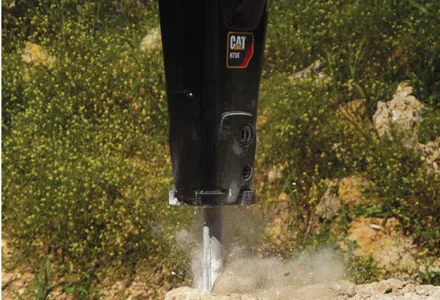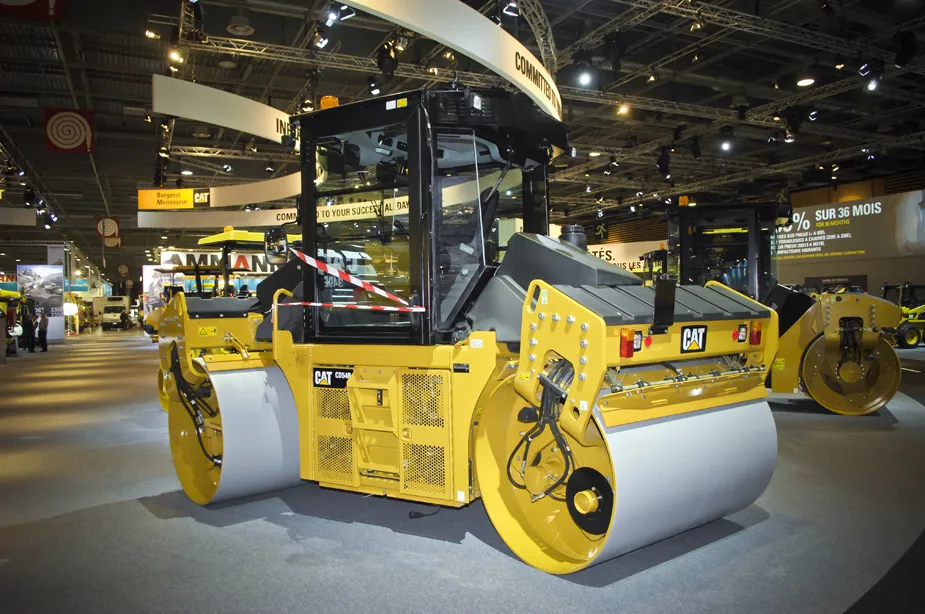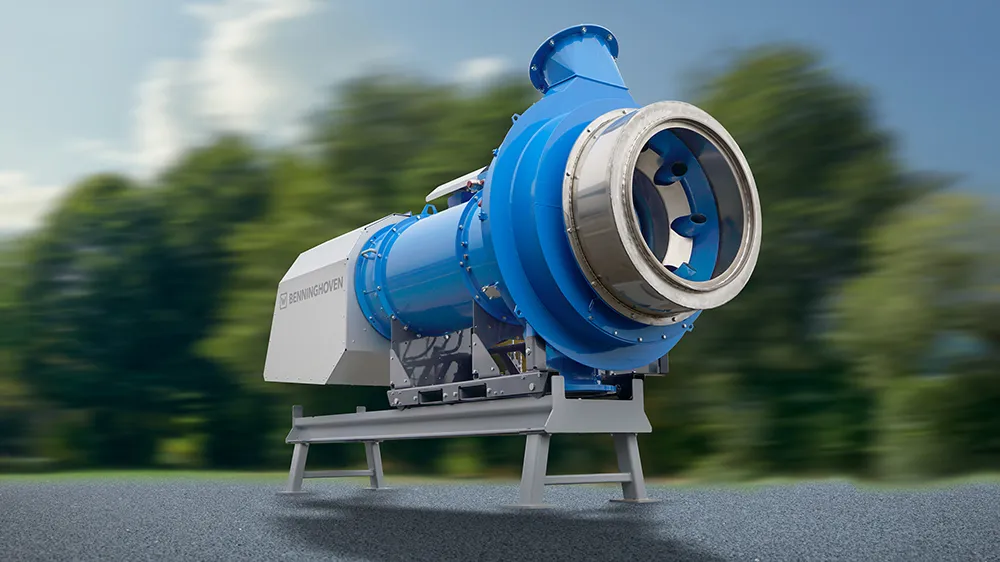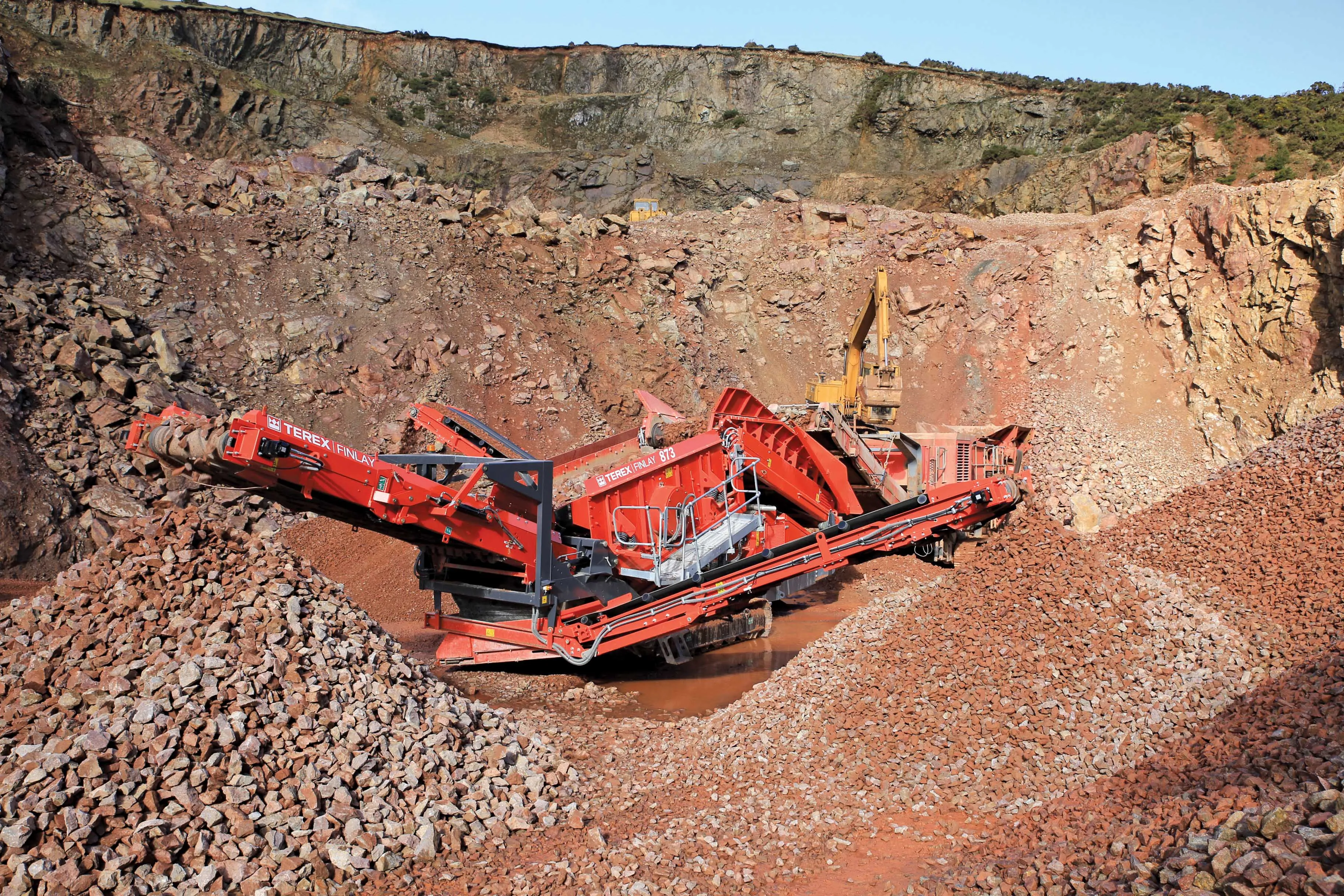Caterpillar is expanding the E Series Hammer line with the addition of the new H75Es and H95Es, designed for backhoe loaders and small excavators. E Series Hammers are wholly designed, engineered and manufactured by Caterpillar. The hammers are fully supported by Cat dealers, so customers can work with a single organisation for machine and work tool parts and service. E Series hammers are said to build on proven D Series features, such as automatic shutoff, which instantly stops the hammer when the tool bre
November 15, 2012
Read time: 2 mins

E Series hammers are said to build on proven D Series features, such as automatic shutoff, which instantly stops the hammer when the tool breaks through material. The system increases hammer reliability and durability by eliminating the high internal stresses created by blank firing. Sound suppression is standard for environmental protection and improved operator comfort.
Cat hammers deliver high blow energy and frequency, which means more breaking power on the job. The H75Es delivers 1,356Joules of energy at 840 to 1,650 blows per minute. The H95Es delivers 2,034Joules of energy at 700 to 1,260 blows per minute.
The H75Es and H95Es hammers feature a gas-fired system, said by Cat to maintain constant power between service intervals. The E Series housing is also said to be made for strength. A curved front and back profile is said by Cat to eliminate stress points and transfer forces to the bottom of the hammer. Additionally, the H75Es and H95Es are sized and shaped to curl and tuck under a Cat backhoe loader boom for easy transport on the machine without boom damage or interference with traffic.
Cat hammer settings are pre-programmed in Cat excavator tool control systems for easy set up. The oil flow and pressure are fully adjustable in the tool control program. Actual hammer working hours can be recorded for routine maintenance purposes. Cat claims the hammers’ easy serviceability and rebuild features help keep life cycle costs low.
The H75Es and H95Es hammers are matched to the full line of Cat backhoe loaders and to Cat 307, 308, 311 and 312 hydraulic excavators.








